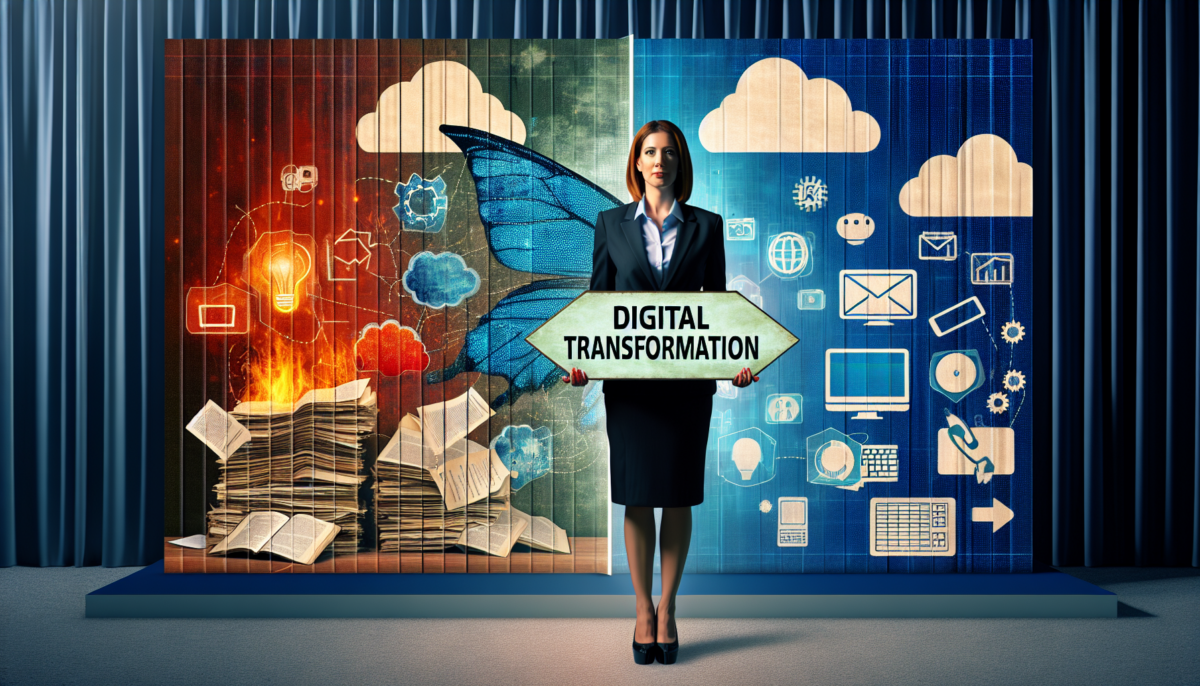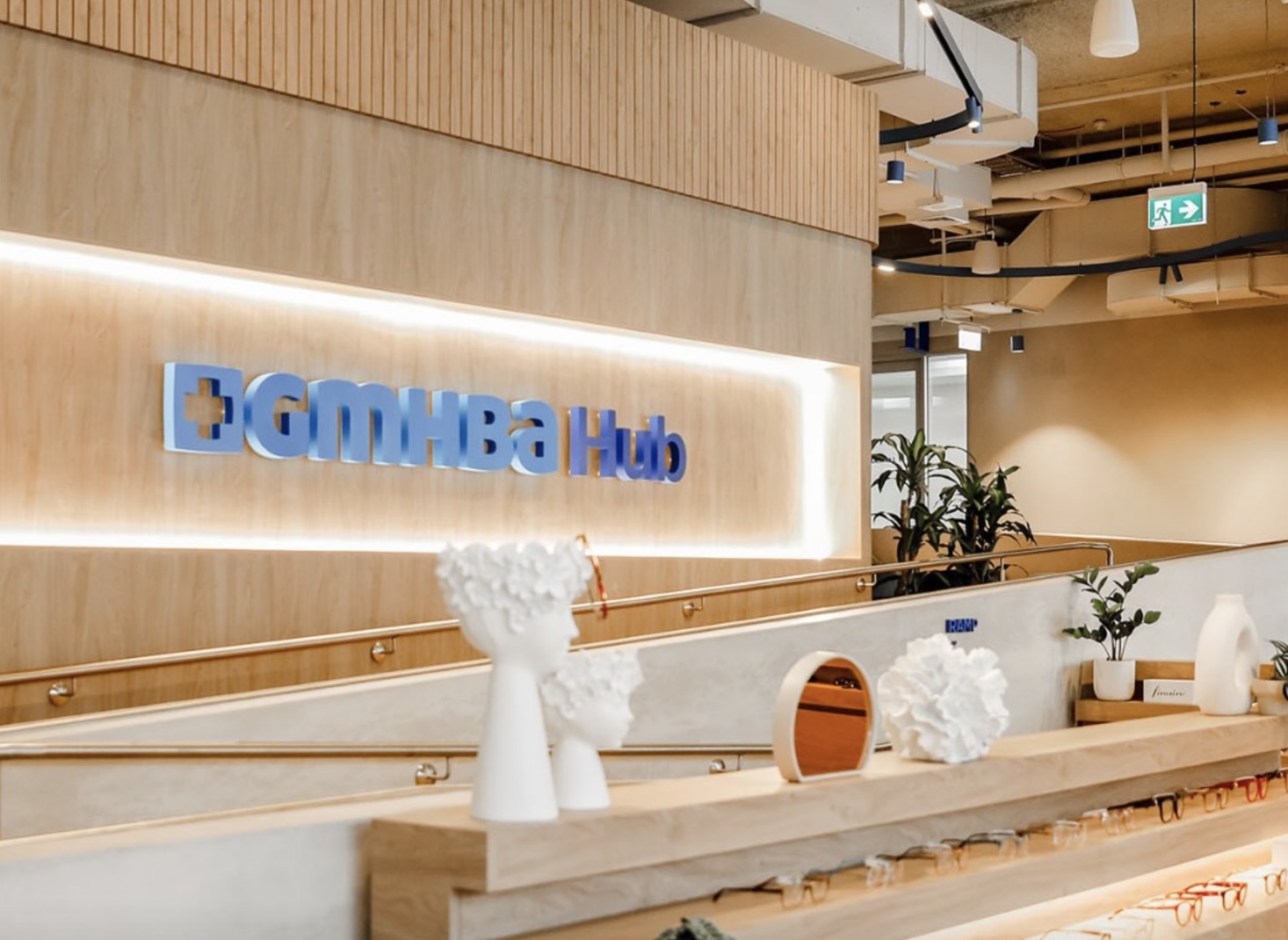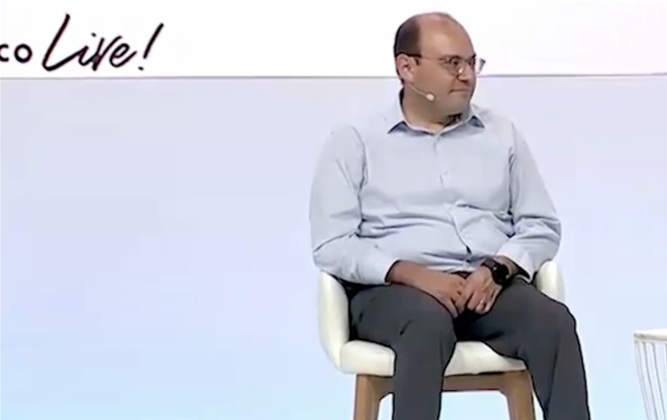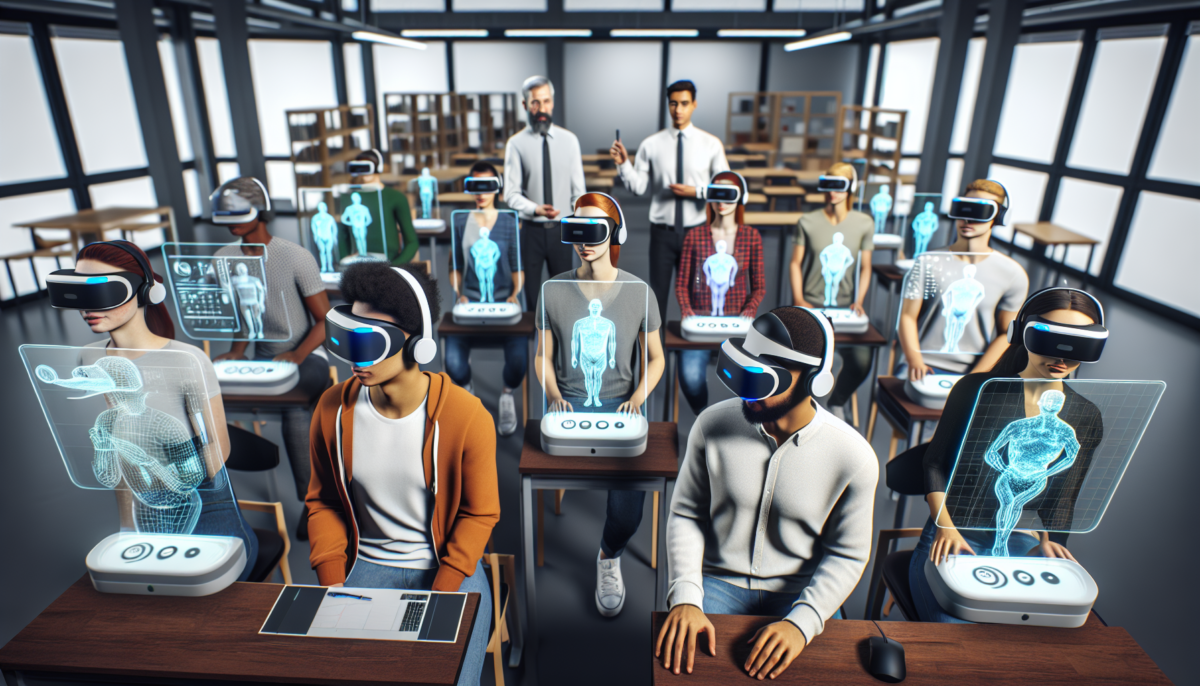“Meta Introduces New Identity Verification System Throughout Australia”
We independently review everything we recommend. When you buy through our links, we may earn a commission which is paid directly to our Australia-based writers, editors, and support staff. Thank you for your support!
Meta’s Initiative for Identity Verification: Essential Information for Australians
Meta, the parent organization of Facebook and Instagram, is launching a comprehensive identity verification system in Australia, leading to major changes for advertisers and social media users. These revisions are designed to improve transparency, reduce scams, and bolster online safety. Here’s all you need to understand about the new guidelines and their consequences.
Quick Summary
- Meta is set to implement identity verification for financial advertisers targeting Australian users.
- The regulations align with Australia’s Online Scams Code, taking effect from February 2025.
- Social media platforms are required to authenticate users’ ages to adhere to new restrictions for under-16s.
- Advertisers need to submit information such as Australian Financial Services Licence numbers.
- New technologies like facial recognition and AI tools are being explored to combat scams.
- Failure to comply with these new regulations may result in penalties of up to A$50 million.
Verification of Financial Advertisements: A Crucial Step Against Fraud
Commencing February 2025, advertisers promoting financial products within Australia will be required to complete a rigorous verification process. This entails providing their Australian Financial Services Licence (AFSL) number, confirming beneficiary and payer details, and ensuring that advertisements include a “Paid for By” disclosure. Verified ads will also be available through Meta’s Ad Library while they are active.
This initiative will cover financial products such as insurance, mortgages, loans, investment options, credit cards, and credit applications. This heightened vigilance is part of Meta’s commitment to the Australian Online Scams Code, which was introduced in July 2024 by the Digital Industry Group Inc (DIGI).

Age Verification for Users Under 16: A New Chapter in Online Safety
Concurrently with the financial ad verification, the Australian parliament has enacted legislation prohibiting social media usage for anyone under 16 unless their identity and age have been verified. Platforms such as Facebook and Instagram must now adopt stringent measures to ensure compliance or risk penalties of up to A$50 million.
While some platforms may allow users to self-declare their age, others might utilize government-supported systems like GovID for OAuth-style authentication. Although millions of Australians have MyGov accounts, establishing one can be a tedious process, requiring a 100-point ID verification.

Using Advanced Technology to Combat Scams
Meta is also piloting innovative technologies to combat scams, including facial recognition to counter celebrity endorsement bait scams. As part of its extensive anti-fraud strategies, Meta has teamed up with the Australian Financial Crimes Exchange (AFCX) to exchange intelligence through the Fraud Intelligence Reciprocal Exchange (FIRE). This partnership will enable banks and Meta to share threat intelligence and enhance scam prevention strategies.
Challenges for Those Seeking Anonymity
The rollout of these measures poses significant hurdles for users who prioritize online anonymity. While these initiatives are intended to foster safer online environments, they also provoke concerns regarding privacy, data protection, and the possibilities of overreach. Australians will have to assess these trade-offs as the new requirements become obligatory by the end of 2025.
Conclusion
Meta’s identity verification protocols in Australia signify a major transition in how social media platforms function. From ensuring financial ad transparency to enforcing age checks for users under 16, these reforms highlight the increasing significance of cybersecurity and online protection. Whether through government-supported frameworks like GovID or sophisticated AI solutions, Australians will encounter new standards for interacting with Meta’s services in the near future.
Q: What does the Australian Online Scams Code entail?
A:
The Australian Online Scams Code, launched in July 2024, is a voluntary initiative by the Digital Industry Group Inc (DIGI) aimed at tackling online scams. It necessitates that tech companies implement strategies that enhance transparency and accountability.
Q: How will the process of age verification be executed?
A:
Social media platforms might employ methods including self-nomination, ID uploads, or OAuth integration with government systems such as GovID. Each platform must comply with governmental regulations or face penalties.
Q: Which financial advertisements fall under Meta’s new regulations?
A:
Financial advertisements that promote services such as insurance, loans, mortgages, investment options, credit cards, and credit applications will be subject to the newly established verification protocols.
Q: What consequences do platforms face for non-compliance?
A:
Platforms that fail to align with the Australian government’s verification standards could incur fines of up to A$50 million.
Q: What is the Fraud Intelligence Reciprocal Exchange (FIRE)?
A:
FIRE is a program for sharing threat intelligence that allows financial institutions to convey scam-related information to Meta. This data enables Meta to recognize and prohibit scammers across its platforms.
Q: Will those valuing anonymity be impacted?
A:
Indeed, these new measures may create challenges for users who favor anonymity, as identity verification will soon be compulsory for numerous activities on social media platforms.

















.jpg&h=420&w=748&c=0&s=0)